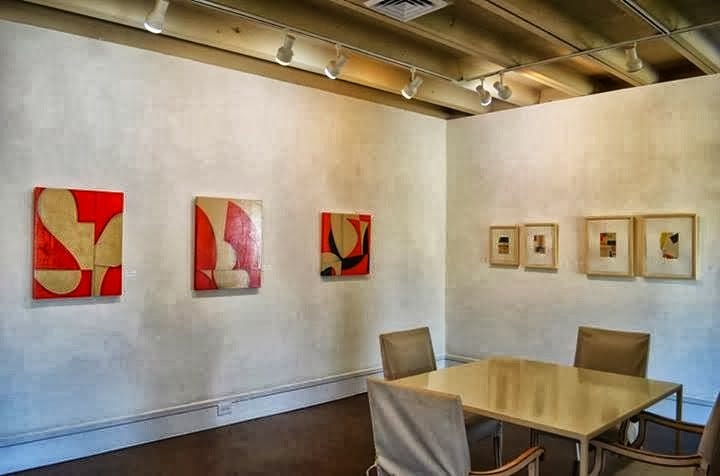
I talked to Les Jones today and we went over the subject I will be speaking about this coming Friday. We are going to do it ‘interview’ style with some images on the screen behind us. So as we talked Les jotted down a few possible questions so I have been thinking out what I might say related to the basic questions of how I got started in the gallery market and what I have learned from it.
So I might as well think in article form and share my initial thoughts about what I might say live. This will probably be four or five articles for the creative lifestyle section. I believe the conference will be recorded and later available online. When it is I’ll let you know.
I am not saying these articles are what I will actually say. You’ll have to watch the recording later to find out. I am writing this Monday evening. This is posting the morning of the conference.
Anyway, here I go.
On How It All Started
You know, I always think of myself as a natural-born artist. I never had another idea of what I was supposed to do with my life. From grade school on, I knew I was going to be an artist. That was the path.
Of course, along the way, people try to nudge you toward something safer, something more predictable. And I understood that - I mean, making a living as an artist is not exactly the most straightforward path. So pretty early on, I came up with this idea: I’d be a house painter. My logic was, if I never make it as an artist, at least I’ll still be working with paint and a paintbrush for a living.
Eventually I became a painting contractor. And that worked well, because I could take jobs, then use the time between jobs to be in the studio. I realized pretty quickly that being an entrepreneur gave me flexibility. If you’re working a 9-to-5 for someone else, your energy and your time get used up in their business. But if you create your own little businesses, you can shape them around your art.
So that’s what I did. For decades, really. From my early 30s to my mid-50s, my wife, who worked with me in the studio, and I tried all kinds of things to keep the studio alive: painting contracting, a house-cleaning business, a restaurant, a vacation rental business before Airbnb even existed, search engine optimization work for a real estate company, a couple of small shops. You name it, we probably tried it.
But through all of that, the studio was always the center. Everything else was just scaffolding to hold it up. Even with kids, even through financial ups and downs, I never let go of the studio. Every week I was making art and also putting time into the business side—getting my work into galleries, keeping those relationships alive.
And I’ll be honest - it took a long time. I didn’t become fully self-sustaining as an artist until my 50s. The early years are the hardest, because you’re an unknown quantity. Getting those first two or three galleries to take you on - that’s the steepest climb. You’re figuring out how the whole system works, how to present yourself, how to think like a professional artist and not just someone who makes things in a room.
Over time, you start to understand the compromises, the realities, but also the importance of holding on to your own sense of purpose, integrity and vision. For me, it was never about chasing trends. It was about keeping the studio alive long enough for the work to find its way into the world.
And in the end, it did. It just took perseverance, and the willingness to build a life around the studio—even if that meant doing a hundred other things along the way.


